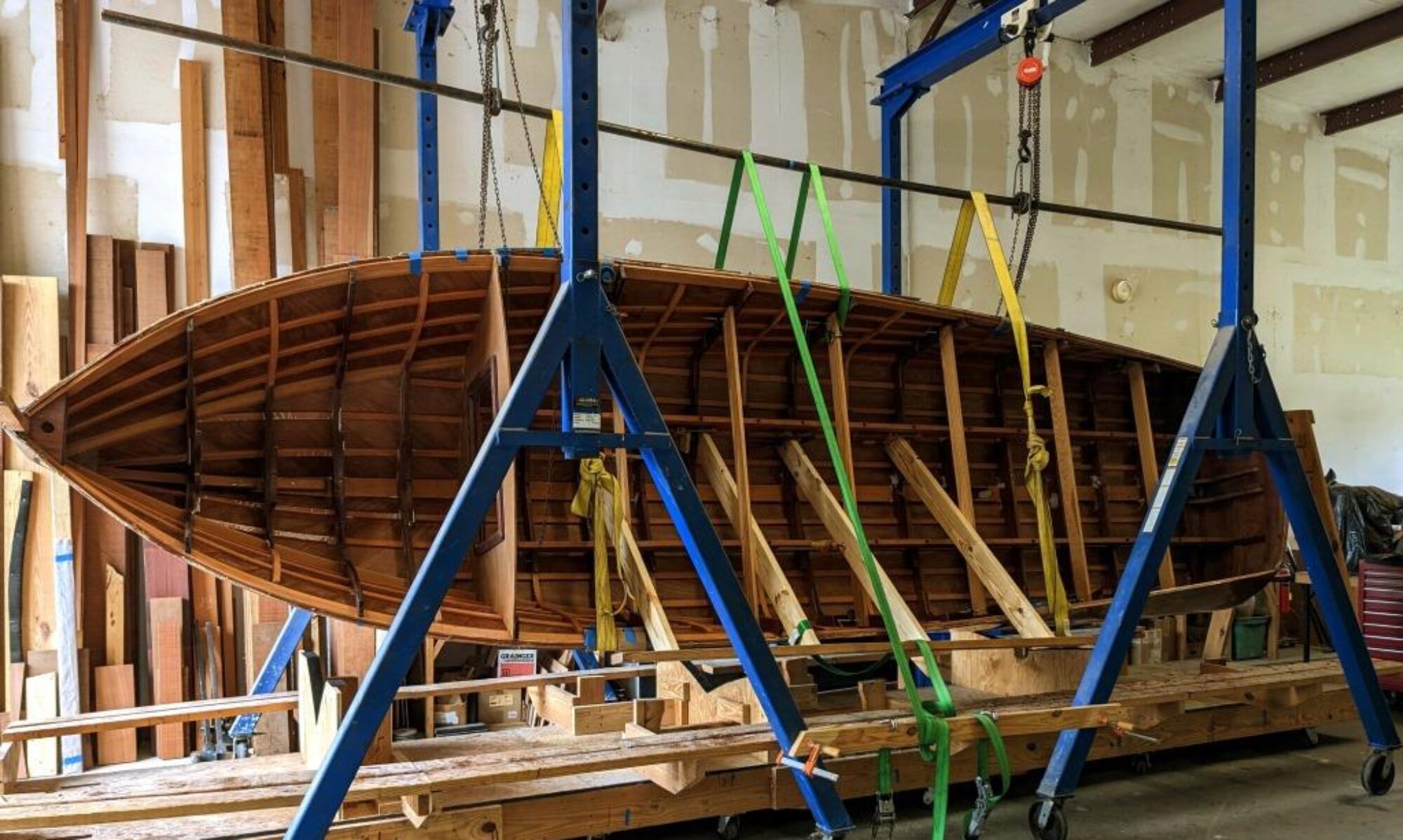
At some point, if you’re going to build a boat, you’re going to have to put some holes in it. It just doesn’t seem natural at first. But it gets easier the more you do it. Best to get it right the first time though. Continue reading “Boring the Shaft Hole”





